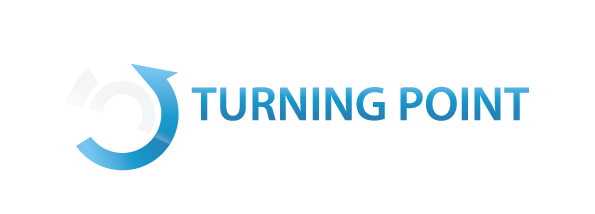
Throughout the complex, ever-changing business landscape, leading through effective communication, has never been as essential as it is now. Navigating changing circumstances and preparing your workforce for the “next normal” of business operations is difficult enough, but organizations must also prioritize employee well-being, connectivity and confidence.
But what does effective communication look — and sound — like in practice? How can leaders ensure employees feel secure and supported even as business expectations evolve?
Common communication challenges
While the specifics vary across organization and industry, some of the most common communication challenges include:
- Excessive noise — Information that isn’t immediately applicable and actionable becomes noise. It needs to be relevant, or it will be ignored.
- Unexpected outcomes — Sudden announcements or policy changes add extra stress for staff who are already struggling. Ongoing communication is the way to go.
- Information inconsistency — Multiple messaging methods from different organizational leaders could cause confusion and frustration. Single-source consistency is critical, or try using the surround-sound method, which means the same message from a sender in multiple channels.
By themselves, these issues are minor. But when more than one is happening, it’s a communication crisis.
The 5-factor management message method
Leading through effective communication makes it possible for businesses to improve employee engagement and provide reliable support. But great connections and collaboration don’t happen by accident. Developing clear communication requires a message management method that focuses on five key factors:
1. Identify a “North Star”
A consistent approach is critical for effective communication. Start by identifying your “North Star,” or what you want to be the overall goal, tone and messaging structure of communication efforts. This makes it easier to decide what employees need to know when they need to know it and what form messaging should take.
2. Use responsible transparency
As noted above, too much information becomes noise. Focusing on responsible transparency helps reduce this risk.
Consider the C-suite back-and-forth that comes with creating operational guidelines for remote work. Some executives may favor permanent remote work placements, while others support a full return. Employees may expect transparency about the decision-making process; providing total transparency that includes a line-by-line, blow-by-blow recap of the entire conversation doesn’t offer value. Instead, organizations are better served by offering responsible transparency or high-level insight that provides clear direction for rationale for decision-making, avoids information overload and creates a calm response.
3. Improve actionable insight
Under ideal conditions, remote work can improve overall productivity. But current circumstances are far from ideal — many employees are now managing full-time home and office responsibilities simultaneously, with little room in their lives for extraneous information. By giving staff the role-based, actionable data they need, when they need it, leaders can improve operational outcomes. Your best bet is to use the “five W’s” — who, what, when, where and why — to inform specific messaging.
4. Increase employee trust
If information isn’t coming from a trusted channel or source, it won’t have the intended impact. As noted by research firm McKinsey, leaders can enhance employee trust by choosing candor over charisma. They need to speak clearly and honestly about what’s happening right now, what’s on the horizon and what it means for the workforce. And this isn’t a one-off; leaders must repeatedly deliver communications with candor and clarity to earn employee trust and loyalty.
5. Incorporate omnichannel access
Now more than ever, employees need ways to connect with colleagues and corporate leaders. Because of this, organizations must incorporate omnichannel communication. Omnichannel access includes a range of communication choices, including voice and video calling solutions, social media interactions, instant messaging tools and regularly-updated internal information sites. These choices make it easier for enterprises to streamline staff support.
Functional frameworks
While communication methodologies are critical for enhancing employee connections, they’re only useful when supported by the right policies, processes and technologies.
For example, for enterprise communication, it’s best to create policies and guidelines around regular staff socialization. These policies should include scheduling details for coffee chats or virtual happy hours with general expectations of employee behavior.
From a process perspective, businesses must ensure they have the right tools for the job. The underlying technology is also critical: If existing IT solutions don’t have the network backbone or data throughput necessary to handle multiple, simultaneous users, effective communication is impossible.


